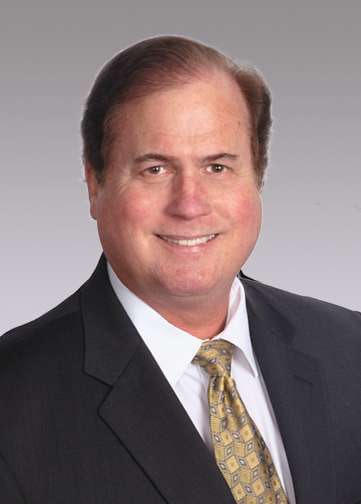This blog was provided exclusively to CCJ by Joe Puff, vice president of truck technology and maintenance, NationaLease
Every fleet knows the importance of maintenance, but the real challenge is knowing how to measure the success of your preventive maintenance program. You can pinpoint the number of breakdowns between PMs, the number of emergency repairs, the number of shop visits, and so on. These measurements can also be greatly affected by other factors like the vehicle application, driver quality, weather, terrain, duty cycle…the list goes on-and-on.
 Joe Puff, vice president of truck technology and maintenance, NationaLease
Joe Puff, vice president of truck technology and maintenance, NationaLeaseOne of the best ways to manage a quality PM program is to “inspect what you expect” and develop a root cause analysis program. A structured quality management re-inspection program is a very valuable tool in ensuring your PM service is effective. It does take some time to do but the returns can ensure consistency, identify potential training needs, and drive quality.
To see how effective your PM program is, you need to answer two questions:
- How thorough is your PM program?
- How often is it reviewed?
Recent technological advances have changed the PM game. In addition to the general PM schedule (based on time, miles, or hours), an in-depth preset component-scheduling program can be very beneficial.
There are many specific components that have their own unique PM intervals and can vary significantly by vehicle, engine, duty cycle, application, year model, etc. It is very important today to set a schedule, track and manage these intervals based on the manufacturer’s recommendations. Areas to consider include (but are not limited to):
- Valve lash adjustments
- DPF filter service
- DEF pump filter
- Desiccant, coalescing, coolant and fuel filters
- Coolant supplements
- Coolant flush and fluid changes
- Doser cleaning
- Gear oil and filter changes
- Wheel end maintenance
- A/C services
- Alignments
- APU services.
It’s fine to bundle some of the PM services together to reduce the number of times you have to take a truck out of service for maintenance, but be very mindful of following the manufacturer’s recommendations.
Keep in mind that failure to follow the OEM’s recommendations may affect warranty recovery. Take valve lash adjustments as an example. Each OEM can have different interval requirements for its various EPA engine platforms. Be sure to set the interval for the specific engine rather than using a general guideline. Miss a valve lash adjustment and an engine claim may be denied. Also, extended valve lash adjustments can have a negative effect on other maintenance costs.
Another area where a one-size-fits-all approach doesn’t work is with oil drain intervals. Each OEM has its own specific criteria for oil drain intervals based on certain duty cycle demand, applications, fuel mileage, and other criteria. These recommendations can also change periodically. While you probably prefer an easy, uniform policy for all vehicles, that can be costly.
To avoid managing varying intervals, some fleet managers with heterogeneous fleets may choose to set the PM intervals to the lowest OEM recommended interval, and accept early intervals for the balance.
While this may be a good decision based on your fleet make-up, you should still periodically review each OEM’s engine platform oil drain interval recommendations to weigh the true cost of early oil drains.
On the other hand, some fleets exceed the OEM drain interval recommendations using oil analysis as the guideline for oil drains. This can be very effective, but requires a tight rein on managing the fleet. Change a vehicle’s application or duty cycle, or should something go awry, and the oil interval may pass the safe zone with irreversible damage — damage that may not show up for a while. In my opinion, the best value is not to exceed the OEM’s interval recommendations and to send an oil sample out for analysis at every drain.
Whatever approach you take to maintenance, be sure to revisit the OEM’s recommended intervals regularly and verify that your practices are in alignment with their recommendations. While it may take time, setting up this component PM interval schedule can have a very positive affect on maintenance costs.











